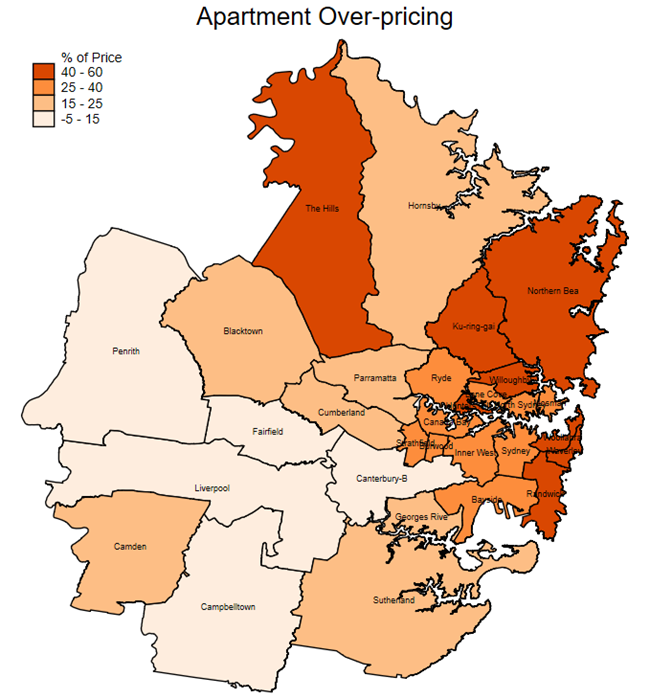
How to get URL link on X (Twitter) App



 This same city vs rural realignment has been dramatic in the US.
This same city vs rural realignment has been dramatic in the US. 

https://twitter.com/CISOZ/status/1767756371653787791The vacancy rate, a measure of the gap between supply and demand, drives rents.




 But then Helm argues that the subsequent rebound in rents shows that increased market supply would not improve affordability.
But then Helm argues that the subsequent rebound in rents shows that increased market supply would not improve affordability.




 This result is clear (t-stat = 7) and robust. John Williams, (my former neighbour at the Fed) surveys many international estimates. Our multiplier lies in the middle of his range. See sections 4.5 and 5.2 of this
This result is clear (t-stat = 7) and robust. John Williams, (my former neighbour at the Fed) surveys many international estimates. Our multiplier lies in the middle of his range. See sections 4.5 and 5.2 of this